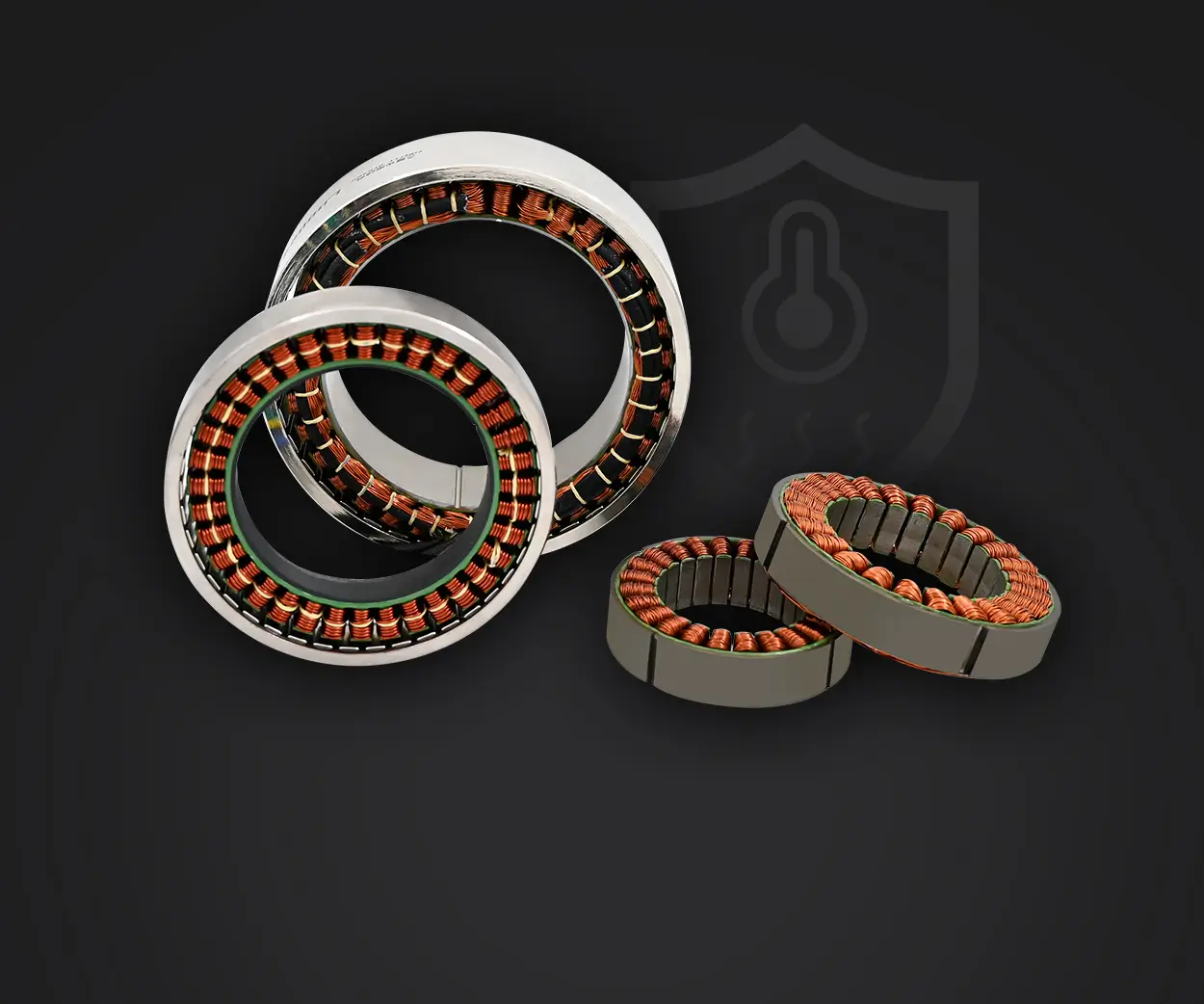When it comes to motors, you’ve probably come across the debate: brushless motor vs. non-brushless. If you’re trying to make a choice, it’s easy to get lost in the technical jargon. Let’s break it down in a way that makes sense, focusing on what really matters to you.

What’s the Big Deal with Brushless Motors?
First off, let’s talk about the brushless motor. These are the ones that don’t rely on traditional brushes to transfer power. Instead, they use electronic controllers to send the power to the motor. Sounds fancy, right? But here’s the kicker—because there are no brushes rubbing against the motor’s parts, brushless motors tend to last a lot longer. They’re also much quieter and smoother in operation. No more worrying about brush wear or the annoying sound that comes with it.
Think about it like a car: the difference between a well-maintained, smooth-running engine and one that’s always having parts rub against each other. That’s the difference you’ll feel when switching from a non-brushless to a brushless motor.
Now, don’t count out non-brushless motors just yet. These motors have been around forever, and they’re still in use for a reason. Non-brushless motors work by using brushes that create a connection between the power source and the motor. While they may not be as sleek and modern as their brushless cousins, they do have their perks. For starters, they’re usually cheaper to produce and replace. If you're on a tight budget, non-brushless motors might be the right choice for you.
But here’s the catch: they can wear out faster because of the friction between the brushes and the motor’s parts. This means maintenance costs can add up over time. Plus, they tend to be noisier and less efficient compared to brushless motors.
So, Which One’s Better for You?
Here’s the million-dollar question—should you go for a brushless motor or stick with a non-brushless one? The answer isn’t as simple as "one is better than the other." It really depends on what you need.
If you’re using the motor for something that needs consistent, long-term performance—like drones or high-end electric vehicles—a brushless motor is probably your best bet. You’ll get better efficiency, less noise, and a longer lifespan.
On the flip side, if you’re just looking for something reliable, cost-effective, and don’t mind a bit of maintenance, a non-brushless motor will do the trick just fine. It’s still a solid option for many everyday applications.
Real-World Example
Here’s a simple example: let’s say you’re looking at motors for a hobby project. If you’re building a remote-controlled car that you only plan to use every now and then, a non-brushless motor might be enough. But if you’re working on something like an advanced drone, where performance, battery life, and smooth operation are crucial, then investing in a brushless motor makes a lot more sense. The extra cost will be worth it in the long run.
Final Thoughts
Whether you go for a brushless or non-brushless motor, it all boils down to what works for your needs. It’s not about one being "better" than the other; it’s about understanding the strengths and limitations of each. By weighing the benefits, you’ll find the motor that fits your project perfectly.
At the end of the day, it's all about making an informed decision that keeps your gear running smoothly and efficiently for years to come.
Kpower has delivered professional drive system solutions to over 500 enterprise clients globally with products covering various fields such as Smart Home Systems, Automatic Electronics, Robotics, Precision Agriculture, Drones, and Industrial Automation.




































